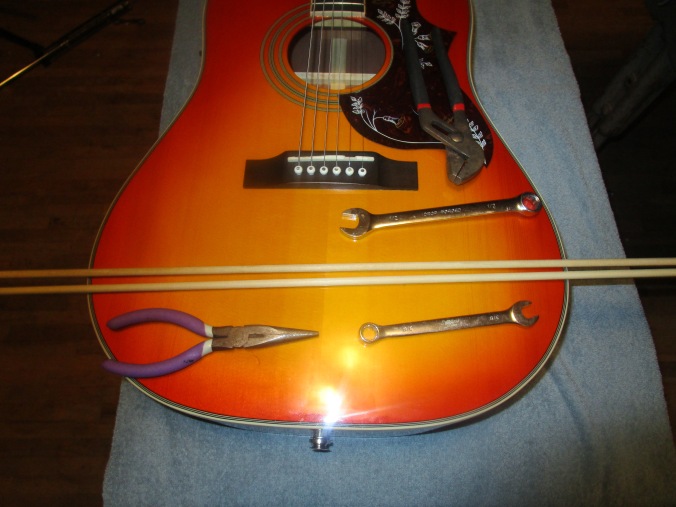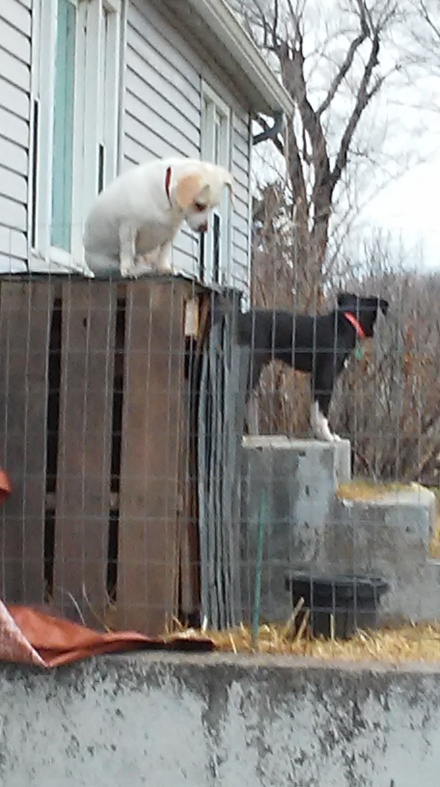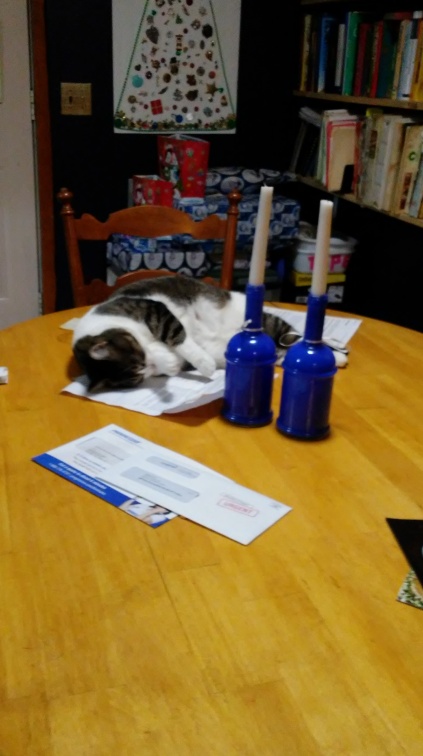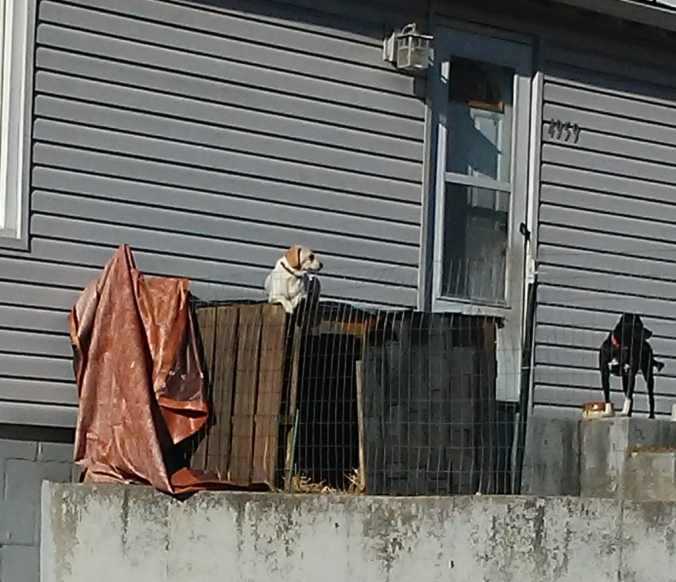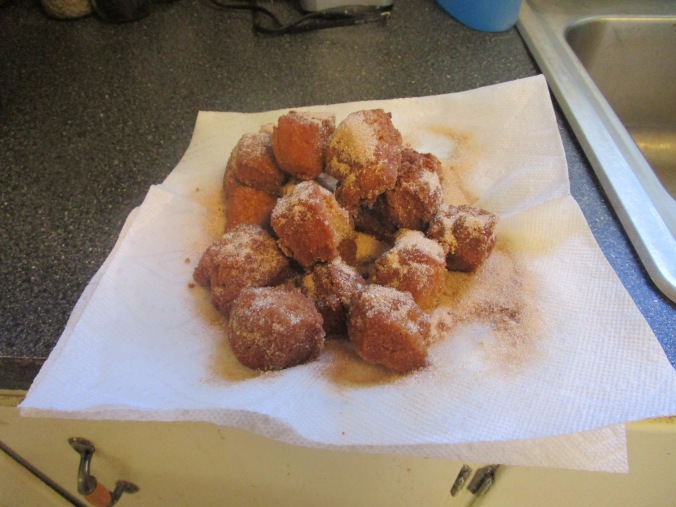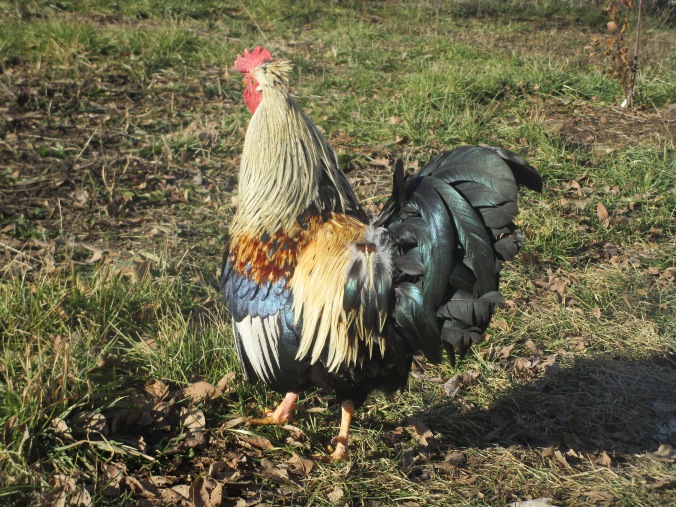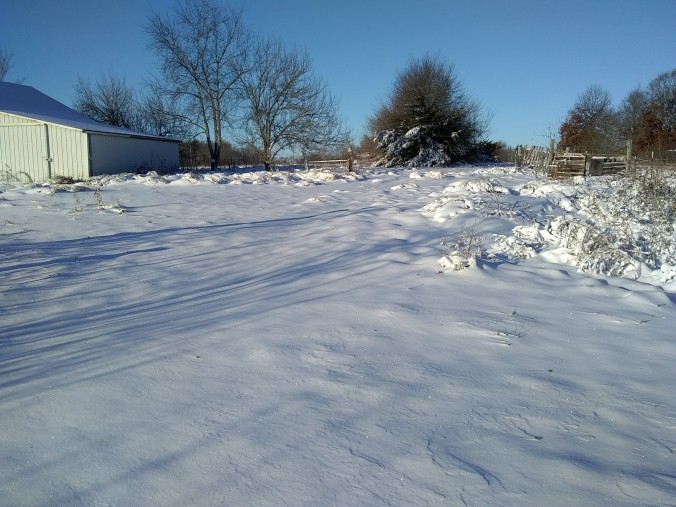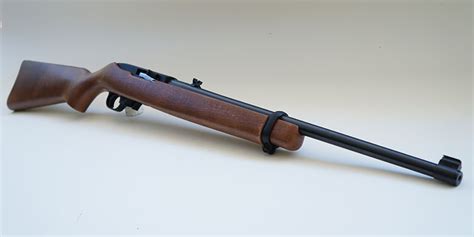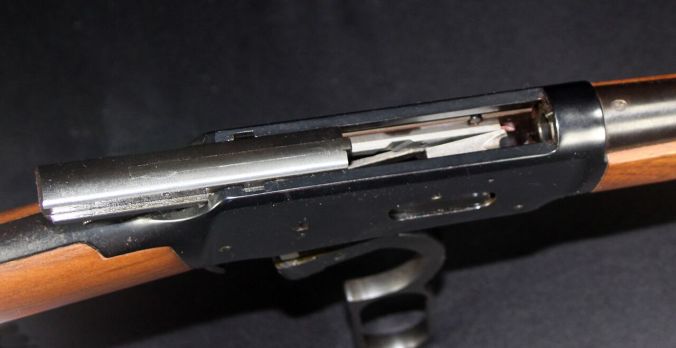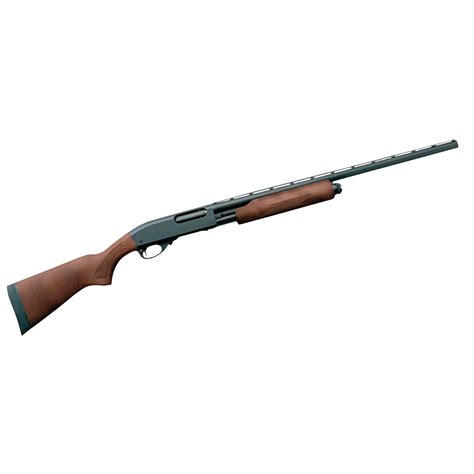My previous looks at firearms might have left you with the impression I am not very respectful of the great American icon, the pistol. If so, let me clarify, you are right. The only saving virtue of a sidearm is that you can strap it to your side and pull it out only when you need it. That is unlike a shotgun or a rifle, which is in your way and on your mind, until you can safe it and secure it somewhere.

Flintlock Pistol All of them were handmade this one was just too pretty.
With the advent of the flintlock, the sidearm became more practical. The original Flintlock pistols were single shot just like the rifles. The only multi-shots being multi-barreled. They were crude, heavy and simply for repelling boarders, meaning stopping targets at close range in a hurry, and as a back up when you emptied your one shot rifle or musket.
Pistols stayed this way for a couple centuries. Oh there were experimental designs of the Pepper Box multi-barrel type and some experiments with the revolver design but nothing really practical until a young sailor carved out a working single action revolver model from wood. That sailor’s name was Samuel Colt. Yeah, that Sam Colt.

Patterson Colt, The earliest successful adoption of Colt’s patten
So the first practical multi-shot pistol was the revolver as designed and adapted by Mr. Colt. It was a single action. Single action means every time you want to bring another round into battery to fire it, you must pull back on the hammer, which revolves the cylinder, cocks the hammer and re-sets the trigger. When the trigger is pulled, the hammer drops and ignites the primer, which fires the propellant and sends the bullet out the barrel.
The next advance in the pistol was the double action revolver. A double action revolver means that the trigger serves the function of cocking the firearm, bringing another round into battery, and releasing the hammer to fall and ignite the cartridge.
The next and, I would say final, true advance in handguns was the automatic (now called a semi-automatic by some) pistol. Experimental models were released in the 1890s but the automatic pistol came into general production with such models as the Mauser 04, Luger P08 and the Colt Model 1911 The numbers on both refer to their date of acceptance into military service as does the Browning M1935 the first really successful double action automatic pistol.

The M1911 Pistol Probably the greatest improvement in sidearm design since the revolving cylinder.
Automatics come in single action first shot, which means that you have to cock the hammer either by use of the slide or manually before firing the first shot then the firearm fires every time you pull the trigger. They also come in a double action first shot design which means as long as around is in the chamber all you have to do is pull the trigger.
The history lesson is over. Let’s start with the question of how do your really see yourself using this firearm?
Remember, at its very best and with you at your very best, a shot out to 50 meters (about 55 yards) is very hard and requires a lot of concentration and skill. So the pistol at its is still best used for repelling boarders.
When I was in the business, the average police shooting was done at twelve feet, lasted less than two seconds with two and one half shots were fired total. (That includes both parties.) The TV long time, multi-shot, run and gun is a myth and like all myths it is mostly based on one or two truly legendary incidences.
IF, God forbid, you get in a pistol fight with an assailant the odds say you are going to be close enough to smell his body odor. That is if you were not already too distracted and scared to notice, because in less time than it takes to say this, it will be over and someone, maybe both someones, is going to be dead or injured. That is the reality of a pistol fight. So if you intend to have one you need a pistol that can win that kind of fight.
Back to questions you need to answer, “How much of your life are you wanting to commit to learning about, practicing with and maintaining a handgun?”
All firearms require fine motor skills but the handgun requires the most. The rifle is more forgiving of lack of practice and the shotgun is most forgiving by the nature of its round. Fine motor skills require the most practice. If you do not believe me ask the people I play guitar with.
All firearms require maintenance. Even weapons that have not been fired and are cased and covered need to be checked, wiped down and maintained on a regular basis. I would recommend once a month. The more complicated the firearm the more maintenance it is going to need. The amount of time you want to and are willing to invest in practice, care and up keep of your weapons is going to help dictate what type of weapons you need to keep.
Now I am going to name names, not to advertise for someone or to limit choices but to give you my “best of a type” that is available.
SINGLE ACTION REVOLVER: Largely there is only one name still making a modern single action revolver; that is Ruger. They make everything from a .22 caliber to a .44 magnum in all sizes and barrel lengths. The most intriguing entry they have is the Ruger Blackhawk .357 magnum convertible. This piece comes with a 9MM cylinder that will allow you to fire 9MM Parabellum bullet through it. Since the .357 can fire all types of .38 caliber cartridges this give you a very wide range of ammunition.

Ruger Blackhawks in a variety of sizes and two calibers (357 and 44 Magnum)
Its positives are it is tough, easy to maintain, fairly easy to use and extremely accurate, if you need to play out around that 50 meter mark.
Its negatives are that you have to learn to manipulate hammer and trigger, and the fact it cost about seven hundred bucks last time I checked.

This is the Colt Python, it was retired by Colt in 2005 and is no longer in production. I just like to look at it and it is a primary example of the Double Action Revolver
DOUBLE ACTION REVOLVER: More choices here and in a wider price range. I actually had to check to see if Smith and Wesson was still in the revolver business. The answer is yes and they make a good one. Pricey, but good. Ruger also has a line of double action revolvers, again, high priced but excellently made. Taruis has also moved up in the revolver field, making clones of Smith and Wesson products and some of their own these days.
Caliber options in revolvers center around .38 caliber and .357 magnum. At the risk of one too many confusing caliber histories, the round named .38 Caliber in American revolvers is actually a .357 caliber. It seemed fair to round up. The 9MM Parabellum round? Oh that is exactly 38 caliber. Confused yet.
The take away from this little trivia lesson is that a .357 magnum can eat .38 Special rounds but the .38 special cannot eat the .357 magnum rounds. Knowing that, which one do you think I am going to recommend? Buy the .357 even if you intend to fire .38 special; it is more sturdy and gives you more options.
SINGLE ACTION AUTOMATICS: There is one design of the single action automatic still on the market. That is the venerable M1911A1 design. Buying a Colt made pistol requires a bit more cash than most would want to pay. Especially when Tarius, Springfield and Auto Ordnance all sell a version.
Positive: Strong design excellent safeties (three safeties on the pistol) good accuracy.
Negatives: Must cock the hammer on first shot and it’s heavy.
DOUBLE ACTION AUTOMATICS: Almost all of the newer designed autos are double action first shot. Chamber your round, lock the safety and carry. Deploy your pistol, take it off safe, pull the trigger. Simplistically, that is how they work.
Positives: Unless you train like a maniac, the DA Pistol is going to give you a quicker 1st shot.
Negatives: More moving parts means more parts to break and (I don’t care what others say) I think they are not as safe as the 1911 with a grip safety, half cock safety and full safety.
Then there is the Glock. Closer to the Double Action Auto, the Glock is its not quite this nor that. It is almost as easy to use as a revolver and gives you the higher capacity of an Auto-pistol.
Before I go on, a moment to talk about the lowly .22 caliber. Yes, it is under powered and too small to be your go-to combat pistol, but I still recommend that if you intend to own firearms, you have a solid .22 caliber revolver to complement your rifle in that caliber. Why? If for no other reason if you do find yourself doing serious business with .22 caliber cartridges you want a lot available.
To summarize, I have said all that to say this:
If I were buying, I would probably look first for a solid .357 magnum revolver, and if you want a name, a Ruger GP 100 or a S&W Model 66
My sentiment would send me looking for a good Springfield or Auto Ordnance 1911, but this is not about sentiment is it.
My next practical choice would be a Glock, and I would likely go for the Model 17 9MM.
Other than the stroll down sentiment lane for the great old 1911, my choices are practical for a person who wants something that hits, has some stopping power and something that is probably going to go bang every time you pull the trigger, even if you do not have the time, talent or inclination to baby it.
Since we have talked about combat situations and hunting, I want to talk to you about over penetration. Over penetration is the simple fact that most bullets will penetrate THROUGH a soft skinned body, like a deer or a person.
Another great TV myth is the bullet that ONLY hits what you are aiming at, then stops dead in its tracks because its work is done. A .38 Special will fire a bullet completely through a 60 foot long Mobile Home unless it hits the fridge. That is what I mean by over penetration, and if the kinda sickly .38 or 9MM can do that, think what a .357 or .44 magnum can do.
For you hunters, that .300 Winchester Magnum or 30-30 will not just stop in your Mule Deer so you really want to know what is out there behind Bambi’s Dad for at least a mile, or until there is something big and thick in its way.
If you have one at all, having a good firearm is best. Having a good understanding of firearms is absolutely required. Owning a firearm is an exercise in freedom and, like all such exercises, it carries a load of responsibility.
When you pull the trigger it is YOUR bullet. What it hits is your responsibility.
God’s blessings,
Ed
Author’s note: Admission, a lot of my tone of derision for the sidearm is that of a spurned lover. I grew up on Cowboy movies and could spin and border shift my Fanner 50 when I was seven. To grow up and find out that my favorite firearm was the least effective in SAVE MY LIFE!! situations was kinda hard on a true believer. But the sidearm does serve a legitimate purpose as a firearm you can have with you and concentrate on other things at a need.



